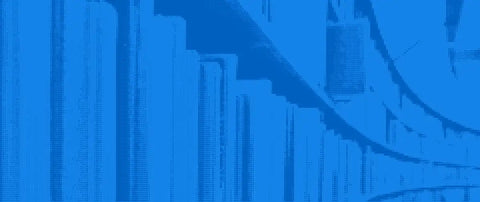How To Write an Effective Covering Letter when Submitting an Article
Although there is a great deal of information and advice out there about how to write an effective covering letter when submitting a scholarly manuscript to an acquisitions editor for consideration, composing an excellent letter to introduce advanced research remains a daunting task for many academics and scientists. A covering letter is a professional document and should be constructed in a way that maintains a professional perspective and approach, yet writing such a letter can be an incredibly personal process of self-assessment and self-promotion. This combination of professional and personal makes for a significant challenge – one that can be notoriously difficult to begin.
Beyond the obvious statement that you would like the editor to consider your manuscript for publication, what should be said to introduce your work? This can prove to be a rather tricky question to answer, and the best answer will vary considerably depending on a number of variables: the journal or publisher to which you are submitting your writing, the particular editor with whom you are dealing, the content of your paper including the methodology used in your research and the results you achieved, and the way in which your work is connected with the most prominent current concerns in your field and the scholarship already published, especially recently, by the journal or press.
What is most important to you and even the colleagues with whom you work may not be top priorities for a journal or publisher, but since some acquisitions proofreaders are still experts in the topics investigated in their publications, there is a good chance that the editor to whom you submit your work will share at least some of your views about vital advancements in knowledge, if, that is, you have chosen the journal or publisher carefully. One effective way to begin your covering letter is therefore to present to the acquisitions editor the very information you would find most intriguing and persuasive were you the editor considering your paper for publication. You will no doubt already have a very good idea about why your paper is worthy of publication, and you may even be able to use in your letter some of the material you have written for the introduction and conclusion of your paper, but do be sure to adjust the wording somewhat and address the editor directly. On the other hand, it can be helpful to scan your paper quickly with an eye to discovering the most fascinating, beneficial, startling or provocative aspects of your research. Your perspective will be a little different than it was when you were writing and polishing your paper, and this change can result in ideas well worth mentioning to the editor.
Another useful approach is to take a second look at recent issues of the academic or scientific journal or at recent monographs produced by the scholarly press to which you plan to submit your work. These will certainly reveal the current concerns of the journal or publisher and they may even tell you something about the interests and preferences of the acquisitions editor, particularly if you can determine when the editor with whom you will be dealing began working for the press or journal and all the more if you detect any sort of change in priorities and focuses when that new editor came on board. Scholarly journals and presses are usually more willing to publish a piece of scholarship that is connected with work they have published in the past, especially if it further advances the understanding of a problem or phenomenon their publications have already examined. By learning about the current concerns of the publisher and highlighting how your work adds to and enhances those concerns as you write your covering letter, you will be more likely to earn the interest of the acquisitions editor, and this can be an excellent strategy for academics and scientists who are working to publish their writing for the first time.
Why Our Editing and Proofreading Services?
At Proof-Reading-Service.com we offer the highest quality journal article editing, dissertation proofreading and online proofreading services via our large and extremely dedicated team of academic and scientific professionals. All of our proofreaders are native speakers of English who have earned their own postgraduate degrees, and their areas of specialisation cover such a wide range of disciplines that we are able to help our international clientele with research editing to improve and perfect all kinds of academic manuscripts for successful publication. Many of the carefully trained members of our manuscript editing and proofreading team work predominantly on articles intended for publication in scholarly journals, applying painstaking journal editing standards to ensure that the references and formatting used in each paper are in conformity with the journal’s instructions for authors and to correct any grammar, spelling, punctuation or simple typing errors. In this way, we enable our clients to report their research in the clear and accurate ways required to impress acquisitions proofreaders and achieve publication.
Our scientific proofreading services for the authors of a wide variety of scientific journal papers are especially popular, but we also offer manuscript proofreading services and have the experience and expertise to proofread and edit manuscripts in all scholarly disciplines, as well as beyond them. We have team members who specialise in medical proofreading services, and some of our experts dedicate their time exclusively to dissertation proofreading and manuscript proofreading, offering academics the opportunity to improve their use of formatting and language through the most exacting PhD thesis editing and journal article proofreading practices. Whether you are preparing a conference paper for presentation, polishing a progress report to share with colleagues, or facing the daunting task of editing and perfecting any kind of scholarly document for publication, a qualified member of our professional team can provide invaluable assistance and give you greater confidence in your written work.
If you are in the process of preparing an article for an academic or scientific journal, or planning one for the near future, you may well be interested in a new book, Guide to Journal Publication, which is available on our Tips and Advice on Publishing Research in Journals website.








